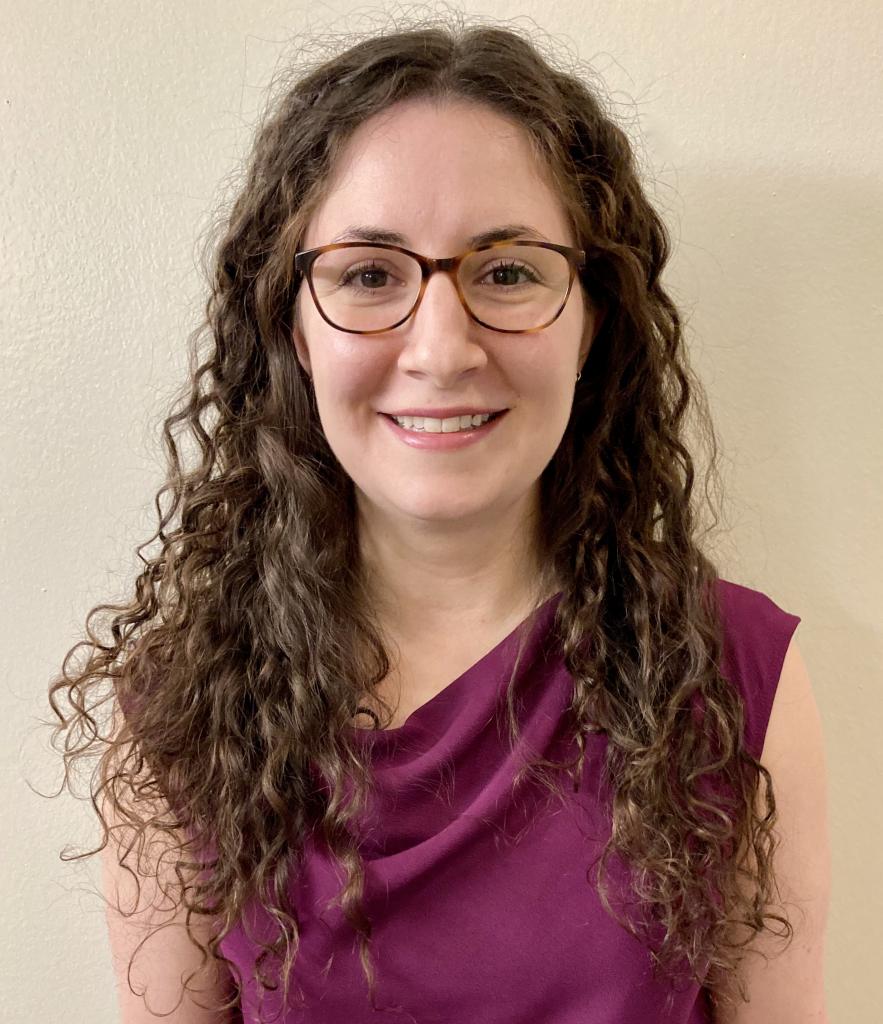8/23 Motions Session #4: AE107 v. AE120, Part One
We return to our regularly-scheduled programming at the Expeditionary Legal Complex’s Courtroom #2. Presenting rebuttal argument on AE107 is CDR Walter Ruiz, lawyer for 9/11 accused Mustafa al-Hawsawi. Tracing the relationship between that motion and AE120, the lawyer begins: you were right, your honor. The question is whether conspiracy is a longstanding law of war violation, under Hamdan II’s analysis. And the answer is a humdinger “no”---whether the prosecution’s charge sheet re-tool is blessed by the court or not.
Published by The Lawfare Institute
in Cooperation With

We return to our regularly-scheduled programming at the Expeditionary Legal Complex’s Courtroom #2. Presenting rebuttal argument on AE107 is CDR Walter Ruiz, lawyer for 9/11 accused Mustafa al-Hawsawi. Tracing the relationship between that motion and AE120, the lawyer begins: you were right, your honor. The question is whether conspiracy is a longstanding law of war violation, under Hamdan II’s analysis. And the answer is a humdinger “no”---whether the prosecution’s charge sheet re-tool is blessed by the court or not.
Ruiz overviews the reasons to grant AE107, so far as concerns Everyone’s Favorite Putative Law of War Offense. There’s the Doctor’s Trial, to which Martins referred; that chucked standalone conspiracy. The Chief Prosecutor prefers to emphasize the vicarious liability features of that decision, sure---but “common plan” and conspiracy were set forth initially, in the charging documents. Additional theories of liability were thus already in place, when the Alstötter court dismissed conspiracy as a standalone offense; there was no dismiss-first, add-vicarious-liability--later dance, like that proposed by the prosecution in this case. The military judge wonders about the implications of that distinction. Well, once the top-line charge is dismissed, the vicarious liability theory has to be dismissed, too, argues Ruiz. But, the court says, theories of liability aren’t ordinarily separately plead as specifications, are they? A document doesn’t blast this or that accused, for example, as an aidor and abettor; that comes later in a case. So what gives here? Ruiz still thinks that a vicarious theory only comes into play when a valid substantive offense is set forth, in an indictment---precisely what hasn’t occurred in this commission. The prosecution can’t smuggle in through the front door what it cannot get through the back door, he says.
And what about that back door---that is, what is the status, in international law, of the vicarious liability theories put up by Martins---”common plan,” or “joint criminal enterprise” (“JCE”) or whatever? The answer, Ruiz insists, is a matter of debate, and moreover, theories of JCE are distinct and certainly not interchangeable. (This, Ruiz concedes, is AE120 talk, despite the nominal focus here on AE107; court and counsel agree that AE120 will be developed thoroughly, later.) Terrorism also screams non-war crime to Ruiz. Sure, prosecutors cite international “references” to this or that terrorism crime over the years; but the law requires universal consensus about an offense’s status---and we certainly haven’t seen that. Terrorism has no common definition, so far as the main treaties and commentary go, for example. A bit more, and Ruiz sits.
Then J. Connell III, one of Ammar al-Baluchi’s lawyers, stands. As is his wont, the defense lawyer brandishes demonstratives, electronic copies of which are displayed on our screen. His thinking on AE107 has evolved, he says, and thus he desires to add a cent or five. Cent one: what precisely did Hamdan II and Al-Bahlul do? The answer is beautifully illustrated in the demonstratives, to the great and audibly expressed joy of your Lawfare correspondents.
Cent two: Common Article 3’s rules for NIACs (non-international armed conflicts), and their importance for certain law of war offenses. In Connell’s view, a goodly number of war crimes--including some described on the charge sheet---can be charged in traditional, state-to-state, international armed conflict, but not in a “conflict not of an international character. (He cites Article 8 of the Rome Statute, which delineates crimes that can be prosecuted one context but not the other, as appropriate.) The military judge catches on: all commission offenses must be NIAC-chargeable, then? Exactly, answers Connell, who then notes several IAC--that is, not NIAC---crimes alleged by the prosecution. The latter, counsel continues, cites the Rome Statute 8(2)(a) for the idea that causing serious bodily injury is a war crime triable here. But that provision deals with state-to-state IACs, not NIACs. The same holds true for terrorism, according to Connell. Well, says the court, what about the MCA? It doesn’t seem to distinguish along the lines you suggest; can’t Congress do something different than what the Rome Statute does? The lawyer notes that Congress’s prospective powers to tweak international law offenses, and to depart somewhat from other international law principles, is before the D.C. Circuit as we speak (Al-Bahlul and all). But obviously, he says, one cannot retrospectively re-define substantive offenses: that presents a Hamdan II problem. Connell has a bit more which, he says, he’ll reserve for argument on AE120.
The Chief Prosecutor will reply, first to CDR Ruiz’s argument. The latter suggested, in his remarks on Alstötter, that a vicarious liability theory had been plead initially in that case---in contrast with this case, where one could flip through the charge sheet in vain, and find no such theory. Well that’s wrong. There’s been vicarious stuff all over the charging documents from day one; we just desire to make thoroughly explicit what has been more or less there from the giddy-up. (Wait a second: are we on AE107 or AE120? Is Martins responding to Ruiz, or simply advancing arguments better addressed to a pleading not yet before the court? The parties bicker briefly, and arrive at the same resolution as before: AE107 a lot now, AE120 just a little bit now, and a lot later.) On terrorism, Martins refers to Hamdan II again---which says that terrorism is, indeed, a law of war offense. So do the statutes for the Rwanda and other U.N. tribunals.
The court presses Martins about Connell’s “gotta stay NIAC” theory for substantive offenses. The Chief Prosecutor pulls no punches, and emphatically rejects the views of Al-Baluchi’s attorney as contrary to law. War crimes can be committed in all conflicts, international and non-international, he says; and one simply doesn’t brandish a Connell-eseque chart, in order to establish which offenses can be charged in the one but not the other. The laws of war, according to Martins, are comprised of firmly-grounded norms. These apply in NIACs and IACs. That prompts a little quibble from J. Connell, who again cites the court to tribunal authorizing laws--which account explicitly for the nature, international or non-international, of a conflict, and provide for jurisdiction over different substantive offenses in each. The court eyeballs his chart, and says he sees the lawyer’s point.
AE107, you’re done---if only as a formal matter, as AE120 awaits, and there’s a lot of the same substance in play there as here. Strictly speaking, AE120 was not docketed, and it in any case doesn’t depend on AE107; thus argues Bin Attash lawyer Cheryl Bormann, who notes the complexity of separate issues implicated by AE120. (She has in mind joint criminal enterprise’s mechanics and status under international law.) Bormann is not ready to argue the latter motion, and indeed wants an expert to consult with her about it before proceeding. This problem is resolved as all of its predecessors have been: AE120-lite today, maybe some more later, followed by still more as needed, after Bormann and others can prepare further.



.jpg?sfvrsn=d5e57b75_5)

